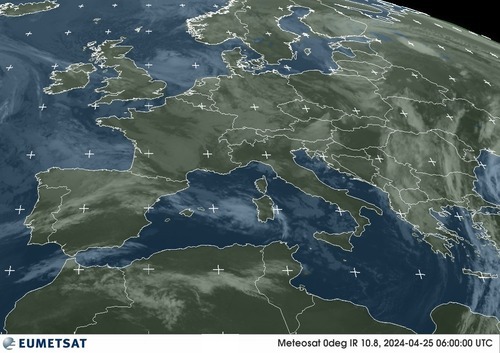|
Although we are getting less and less used to severe cold snowy winters, winter in the UK can strike suddenly and severely. In extremely bad weather the best advice is to stay off the road. However, if you must drive be prepared for the conditions.
Lets start with a general winter vehicle check list:
- lights clean and battery fully charged
- anti-freeze in the radiator and additive in the windscreen washer bottles
- tyre grip (tread depth and pressure)
Before setting off on a wintry weather journey
- check the
local and
national weather forecast, and the weather along your
waypoints
- ask yourself if the journey is absolutely essential, if yes allow yourself
some extra time for it
- check your car. Keep windows and mirrors clear. Got enough fuel? (no joke)
- get travel information from the radio
- tell someone what time you expect to arrive
- make sure your mobile battery is fully charged
-
bring a warm blanket, a shovel and a torch
Adjust your driving
- Heavy snow, hail and fog reduce visibility. Dip your headlights and reduce speed
- Look at the road. Often ypu can see
hoar frost deposits on the road surface
- Be aware that icy roads may appear normal, but in fact they may be covered with
black ice
- If the weather forecast is freezing rain, stay at home!
When roads are icy or slushy
- drive slowly, allow extra room to stop
- use highest gear possible to avoid wheel spin
- avoid harsh braking and acceleration
- brake by getting into a low gear earlier than normal, allow your speed to reduce and use the brake pedal gently
- if you skid don't brake. Ease off the accelerator
- griding vehicles are slow and wide. Keep a safe distance, do not attempt to overtake them
|
